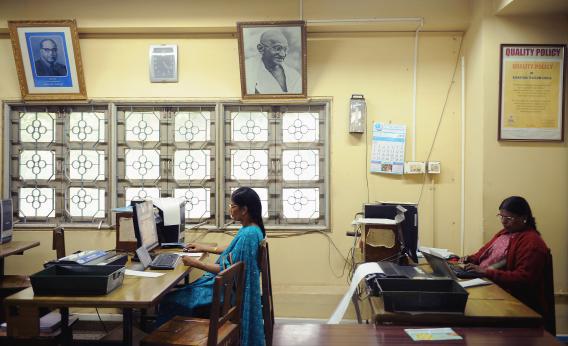A few weeks ago, a flurry of unubstantiated hype about “the death of tech blogging” moved me to declare, facetiously, the death of declaring things dead. Since then I’ve been sporadically keeping track of just a small portion of the trends, ideas, and technologies that newspaper, magazine, and blog headlines declare dead every day.
But sometimes things really do die, and not just in the sense that they become somewhat less cool or experience a dip in popularity. To wit: India’s state-owned telecom company is planning to shut down what is considered the world’s last telegraph service, citing losses of over $23 million a year. The world’s last telegram will be sent on July 14.
We in the media kill things off so readily these days that it’s easy to forget how long it actually takes a once-prevalent technology to vanish altogether. The telegram should serve as a reminder: It often takes a really, really long time. Had there been a TechCrunch or a Forbes.com a century ago, some scribe would have no doubt declared the telegram defunct even then, done in by the rise of the landline telephone (itself the frequent subject of exaggerated death reports these days). In fact, though, the telegraph’s use in India peaked as recently as 1985, and it continues even now to play a role in the lives of some portion of the 74 percent of Indians who do not have mobile phones.
Asked how he manages to make such accurate predictions in his books, the novelist William Gibson once explained, “The future is already here, it’s just not very evenly distributed.” The fact that telegraph service still exists in at least one corner of the Earth as of June 17, 2013, suggests a corrollary to Gibson’s axiom: The past is still here, it’s just not evenly distributed.
